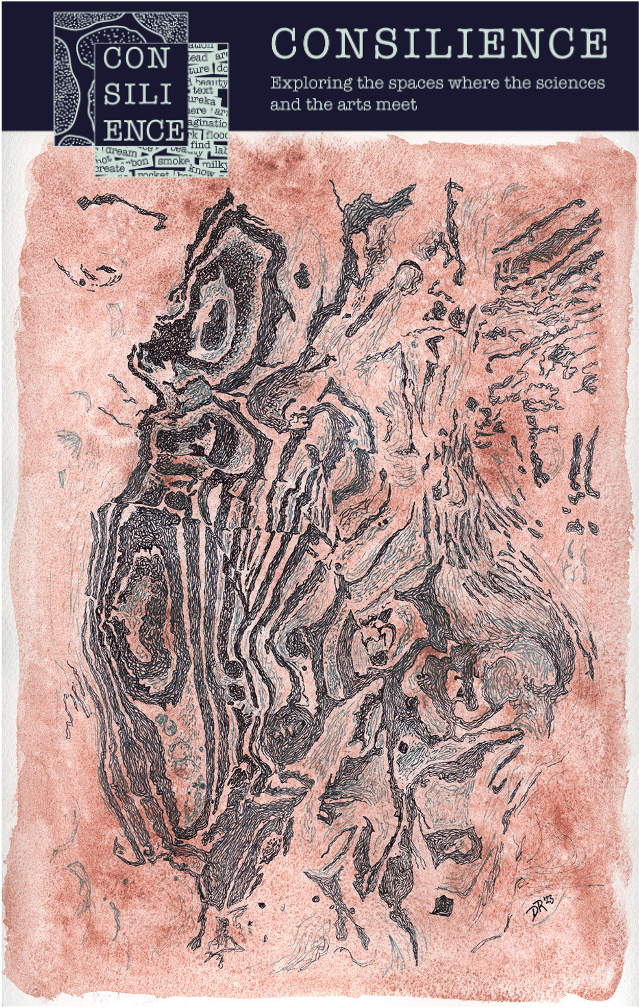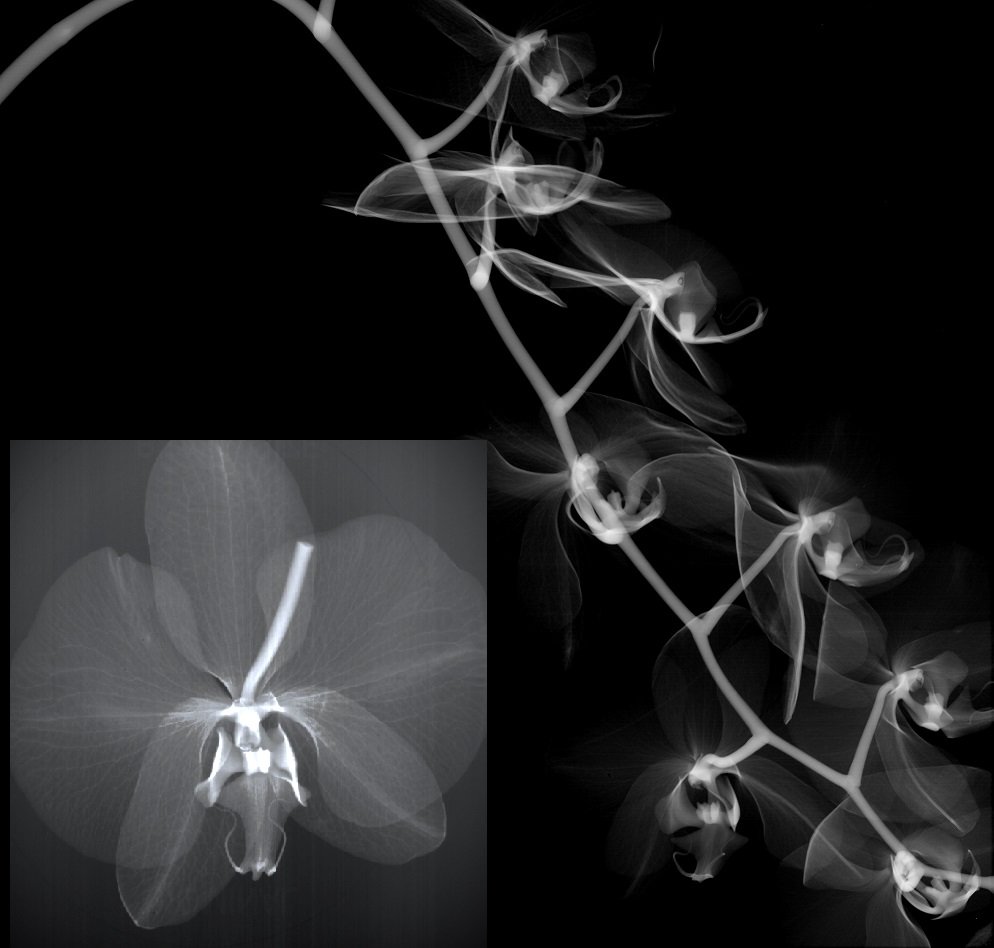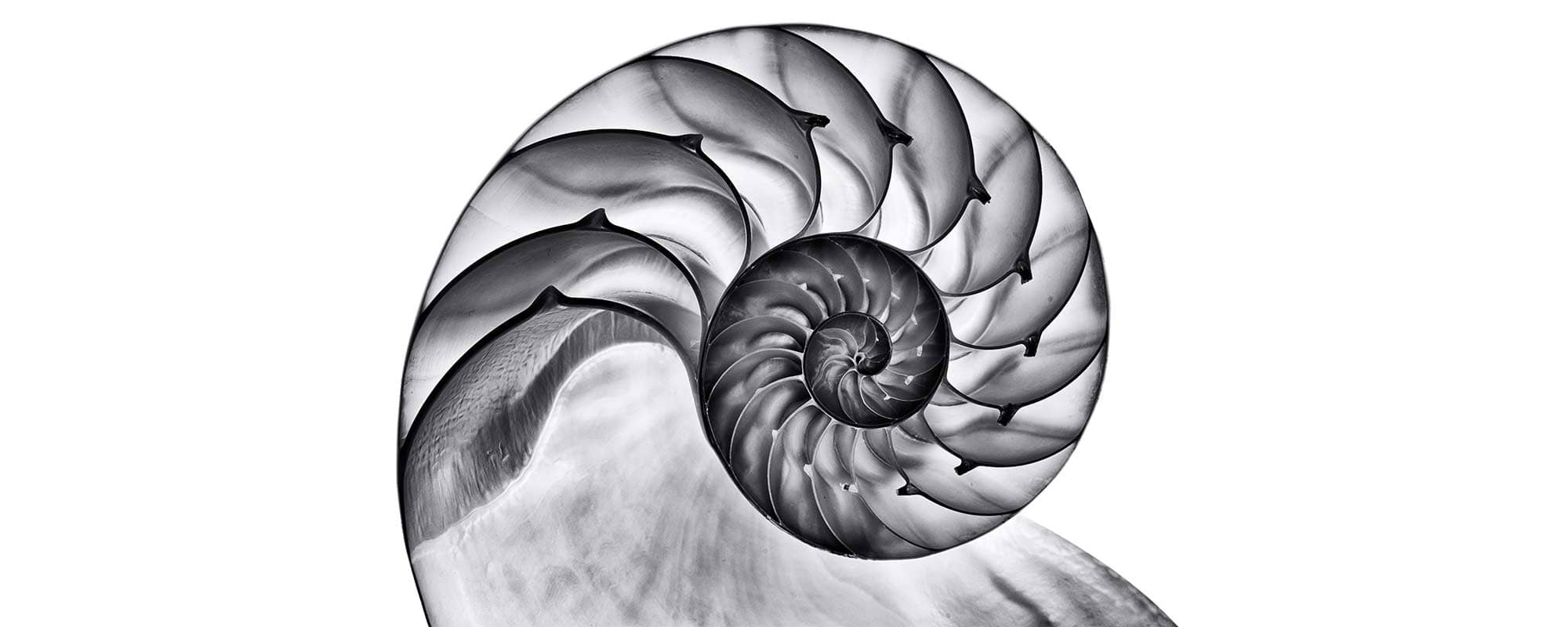The combination of principles and data from science with the poetry lens of intuition, emotions, and beliefs can lead to novel ways of communicating research. Would we be able to express the human nature of science and make research more accessible to all? We asked the founder and editor of the first science and poetry journal.
In a time of fast-paced information and complex challenges, poetry offers a vital space for reflection, emotional connection, and meaning-making to navigate our modern world. The cross-over of disciplines brought forward by researchers, artists, and practitioners is key in opening up science and technology from untapped angles to ultimately foster innovation and inclusion.
The SciCultureD project (Erasmus+ funded), led by the Faculty of Education at UM interviewed Sam Illingworth, founder and editor of Consilience, the world’s first peer-reviewed science and poetry journal: a tangible example of interdisciplinarity in action.
Sam set up the initiative to help establish a community of science communicators and to create a space where people could feel valued, respected, and heard through the art of poetry.
‘By creating a safe space for people to experiment, we are also helping to reunify the two disciplines [science and poetry], start conversations, facilitate collaborations, and celebrate diversity.’
Sam Illingworth, Founder of Consilience
Sam is an associate professor at Edinburgh Napier University, where his work involves using poetry and games to steer dialogues and action between disparate communities. Part of his current activities involves tapping into poetry to help platform the voices of under-served communities with respect to science and science communication.
From the combination of his academic path and his hands-on experience, Sam knew that poetry was a powerful way of bringing people from different backgrounds together and helping to diversify science.
‘I also knew that I was not the only person that was doing this, and that I was only one voice. I set up Consilience to help establish a community and to create a space where people could feel valued, respected, and heard.’

The Art Cover of the latest Consilience Issue nr 14. Cover Artist: Danielle Rose.
To date, Consilience Journal consists of a team of 92 volunteers spaced across six continents, and has published the work of over 200 poets and artists.
What Does Poetry Give to Science, and Science to Poetry?
‘Science benefits from the creativity and emotion of the arts, while the arts gain new knowledge and appreciation of the natural world from science,’ as Sam explains it. He believes that the spaces unifying science and the arts are able to foster interdisciplinary dialogue and critical thinking: ‘They enable us to tackle complex issues from multiple vantage points. Ultimately, blending science and the arts promotes discovery and fuels human progress,’ he adds.
Modern science makes use of rigorous methods and mathematical models to grasp the world around us, using a language that is often inaccessible to non-expert audiences. The lyrical and subjective nature of poetry possesses unique traits that taps into the emotional sphere of readers, making it an invaluable tool for science communication in Sam’s perspective.

’An Orchid and its X-ray’ by D’Arcy Little.Artwork part of ‘Structure’ (Issue 14). ConciliARTe (from Spanish ‘conciliar’, reconcile, agree on something and ‘arte’, being art) is an inclusive space for people’s exploration between audio-visual arts as part of the journal.
Electrons to Images Electrons fly across a vacuum tube… Smash into a Tungsten anode. X-rays are born, with a fate to explore structures beyond. Directed towards a human form… scattered, absorbed by calcium in bones, transmitted by air in lungs, checked by soft tissues and disease. An image created by x-rays transmitted, in black and white and shades of grey. Read by another human form… Sitting silently in the dark. Diagnosing structure and function, health and illness, life and death. A radiologist
‘Poetry speaks to us on an emotional level that pure data cannot, helping to humanise science. It provides a creative vehicle for grappling with the profundities of the universe in a relatable way,’ describes Sam. With metaphors and imagery, readers are encouraged to explore new associations between concepts and emotions, sparking moments of wonder and insight.
Moreover, poetry is open to subjectivity and interpretation, encouraging diverse and plural perspectives on how science is discussed and applied. ‘It gives voice to marginalised narratives, fostering empathy and inclusion,’ adds the editor, by illuminating ‘the nuances of language, identity, and human condition.’
About the Journal
Bringing science to life through poetry and rendering it more accessible and meaningful are among the missions of the Consilience project.
The journal is interdisciplinary to its core – in fact, it is based on the idea of taking the fundamental concepts of one field and applying it to another.
‘At its best, scientific peer review is an open, accessible, and supportive method of helping researchers to develop throughout their career. At Consilience we apply this approach to poems, and instead of “accepting” or “rejecting” poems based on the strength of the initial submission (or the reputation of the poet), we work with the authors to develop their work via the peer-review system.’
In the near future, Sam is hoping to establish a sustainable model to fund the project and to retribute the volunteer editors, reviewers, and other members.
On a closing note, Sam enthusiastically invites everyone to take action, ‘I encourage anyone moved by the transformative power of poetry to actively spread its reach. Submit your poems exploring science to publications like Consilience. You might also start a journal club discussing poetic works with colleagues or facilitate creative writing workshops with students or community groups.’
The journal is open access and free for anyone to both read and submit. For anyone wanting to submit work to Consilience, you can visit the submission page with all of Consilience’s upcoming dates and themes. Additionally, for anyone wanting to join the Consilience team as a volunteer, you can get in touch at sam.illingworth@gmail.com at any time.
Follow The Poetry of Science podcast – the podcast curated by Sam that provides insight into new scientific research via the medium of poetry.
SciCultureD is an Erasmus+ project, led by the University of Malta together with Western Norway University of Applied Sciences, Norway; city2science, Germany; and Science View, Greece. It aims to nurture transdisciplinarity and innovative problem solving through the blending of arts, science, and entrepreneurship.
Funded by the Erasmus+ programme of the European Union. This project has been funded with support from the European Commission. This publication reflects the views only of the author, and the Commission cannot be held responsible for any use which may be made of the information contained therein.





Comments are closed for this article!